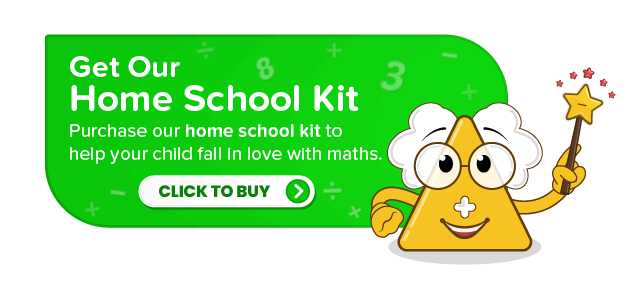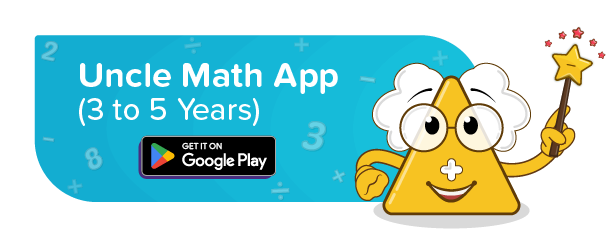Shapes
Shapes mark the beginning of math and literacy for early learners. Classifying, identifying, and creating shapes help early learners acquire basic reasoning skills which will set a strong foundation for their school. It also builds the background knowledge needed for learning the alphabet.
Why should we teach shapes?
Shapes not only lay a powerful foundation of maths for young children but also define their educational path. Shapes are one of the easiest yet most impactful topics in early education because they help children learn:
1. Introduction to patterns
2. Sign and symbols
3. Differentiate between alphabets and numbers
4. Classify, compare and contrast
5. Problem-solving
6. Symmetry
7. Spatial understanding and many more.
Some of the basic shapes are:
1. Circle: It is round. It has no straight sides and corners.
2. Triangle: It has 3 corners and 3 sides.
3. Square: It has 4 corners and 4 sides. All sides of a square are equal.
4. Rectangle: It has 4 corners and 4 sides. Its opposite sides are equal.
5. Oval: It is like an elongated circle. It also has no straight sides and corners.
6. Semicircle: It is like a circle cut in half. It has one straight side and one curved side. It has 2 corners.
7. Star: As the name says, a star shape looks like a star. It can have many sides and corners. The most basic star shape has 5 corners and 10 sides.
8. Diamond: It is like a square held from its corners. A diamond also has 4 equal sides and 4 corners.
Now that we know why shapes are important and what are some basic shapes our early learners must know, let us discover some ways to teach them in the most interesting way Let’s begin:
Teaching shapes with stories:
- A Night AT The Amusement Park
- Trip To Candy Land
- When Squarho Is Upset
- The Rocky Pointed Land
- The Pole Mystery
Teaching shapes with games and play
a) Shapes around the house:
Identify with your child all the shapes around the house – for example, the roof on a dollhouse is a triangle, the door is a rectangle, and the window is a square. What shape is the rug? The plate? The table?
b) Shape sorting:
Cut out a range of shapes in various sizes (hand-drawn or printed from the computer) and have your child sort them into groups. Ensure that all shapes are the same colour, so sorting is purely by shape!
c) Shape objects (eatable) :
Introduce nachos, Rotis, biscuits, chocolates, fries etc and make kids not only learn shapes but also enjoy their mealtime.
d) Shape hunt/ Shape hide and seek :
Make kids find a particular shape they see around and get it to you. This activity is perfect to master the concepts.
Teaching shapes with hands-on activities
a) Shapes craft:
Cut out a range of shapes of different sizes from coloured paper and create a picture! Use rectangles for a table, a circle for the sun, a square and a triangle for a house. You might also bring to life the phrase “people of all shapes and sizes”.
b) Sensing shapes:
Ask your child to close their eyes while you trace the outline of a shape on their back. Be bold with the corners and sides, so your child can visualize points and lines. Then swap and have your child trace on your back! An easier version of this game is to trace the shape on your child’s palm.
c) Stamping shapes:
You’ll need some paint and paper for this one! Gather some shape stamps – you can buy stamps readily available at toy stores or craft shops, or you can make your own by cutting a potato in half and carving out simple shapes.
d) Playdough shape activities:
Young children love playing with dough and clay. Then why not use this to our advantage? Introduce clay and dough play using shapes and let them go crazy.
Teaching shapes with posters:









